In that flow, the culture of saving needs to be repositioned – from ancestral traditions to today's actions, from personal qualities to institutional principles, from each household to the public authority system – to become the glue that binds social trust and internal strength for sustainable development.
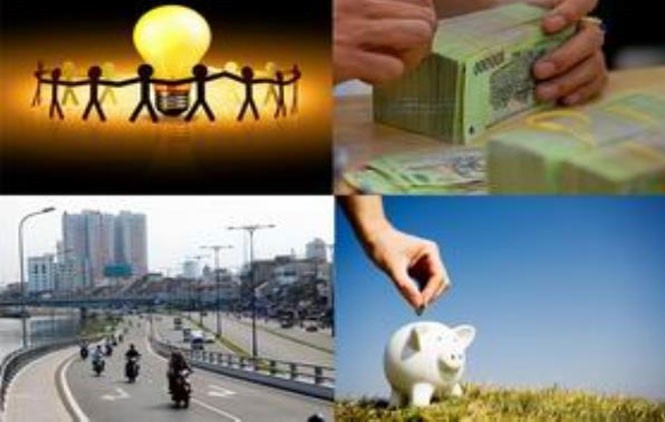
Illustration photo: baochinhphu.vn
A living cultural value in daily life
In an important article titled “Practicing thrift and combating waste is a common responsibility”, General Secretary To Lam affirmed a fundamental principle: “Practicing thrift and combating waste is something that needs to be done in the lives of each individual and the whole society, and is the “cornerstone” that contributes to building a civilized and sustainably developed society”. That statement not only puts thrift in the right dimension of a social responsibility, but also positions it as a core cultural value that needs to be brought to life in every daily behavior and in every institution of modern life.
Practicing thrift is no longer a personal moral choice, but must become a universal cultural and social norm, governing everything from family life to national policy, from citizen behavior to the actions of those in power. When thrift is defined as “daily food, water, and clothing” as the General Secretary emphasized, it is no longer an administrative slogan, but a transformation into a way of thinking, lifestyle, and voluntary, permanent cultural action. Thrift at this time is not forced from the outside, but is nurtured from within – becoming part of the citizen’s personality and organizational culture.
Saving, therefore, needs to be present in every small habit: Turning off the lights when leaving the room, printing on both sides of documents, using water properly, sharing a car instead of each person having a public car, not organizing formal meetings, not showing off images, not spending budget money on lavish ceremonies... Those seemingly trivial behaviors are where the cultural maturity of each individual and the community is demonstrated. Because a civilized society is not a society that spends a lot, but a society that uses correctly - uses enough - uses responsibly.
But to make saving a living culture, we cannot rely solely on moral education or formal propaganda. We need to establish cultural conditions for saving to germinate and be sustainable: Designing behavioral norms in the workplace; encouraging creative initiatives to save energy, materials, and time; building models of responsible consumer communities; honoring groups and individuals who are at the forefront of saving innovation associated with social efficiency. We need to make saving a factor that shapes reputation, brand, and moral qualities, not just a matter of spending.
Here, the issue is no longer just "how much money to save", but "what values are we living by". A society where officials do not waste meeting time, teachers do not waste paper and ink, farmers do not waste irrigation water, students do not waste study time - that is a society of thrift culture. That society does not need coercion, does not need slogans, but operates on a silent belief: Every responsible action today is a sustainable brick for the future of the nation.
Saving is a national tradition that needs to be inherited and developed in a modern spirit.
Since history, the Vietnamese people have long formed a system of living values associated with the virtue of thrift. It is no coincidence that the treasure trove of Vietnamese folk songs and proverbs is full of sayings such as: “Eat smart to be full, dress smart to be warm”, “Save small to make big”, “Better to save less than waste”. These sayings are not simply advice on moderation in spending, but also a philosophy of life – reflecting a responsible way of behaving of the Vietnamese people towards family, community and nature. In a country that has endured war, poverty, natural disasters and even historical famine, saving is not only wise but also a matter of survival, morality and discipline.
In the context of deep international integration, strong digital transformation and sustainable development becoming urgent requirements, the tradition of saving from our ancestors needs to be "dressed in new clothes". Saving in modern times is no longer stinginess, but a manifestation of a selective consumer culture, an organizational culture that knows how to manage risks, and a state culture that knows how to put the community's interests above short-term interests. At a deeper level, it is the way each person and each institution preserves limited resources for the future - for children and grandchildren, for generations yet to be born.
If in the past, Vietnamese people saved because of poverty, today we save because of self-respect, because we understand that: Living responsibly with resources, effort, and time - is the highest expression of patriotism in peacetime. That is also the way we preserve the spirit of our ancestors in a creative and lively way, in line with the rhythm of the modern world.
Saving is a systematic cultural behavior – it needs organization, mechanism and role model.
If the culture of thrift is a tree, then the organizational system, policies and role models are the soil and climate that nurture it to take root and bear fruit. A cultural behavior, no matter how good, without a favorable institutional environment and guidance from the leader, will easily fall into formality and fade away over time. The same goes for thrift – it cannot be called for only through speeches or wall slogans, but needs to be realized in the management mechanism, in specific policy designs and in the daily behavior of those in charge.
Exemplary behavior – as the General Secretary once emphasized – is the decisive factor. An official who saves time for the people is a responsible leader. A leader who does not accept congratulatory flowers or hold lavish parties upon his appointment is making a moral statement through action. A leader who chooses to use an economical official car, organizes a conference without gifts, and has a simple reception – is sending a strong message that: A culture of thrift begins with the driver.
However, exemplary behavior must go hand in hand with a control mechanism. Without transparent sanctions and quantitative assessments, calls for savings can easily become a formality. An office can post the slogan “Practice savings” on the door, but inside it still organizes lavish meetings and purchases public assets beyond the limit, which is counter-cultural. Therefore, a solid institutional design is needed: a public budget monitoring mechanism, an independent audit process, evaluating spending efficiency based on results, and applying digital technology in public management to limit losses and make every penny of the budget transparent.
Saving, at its deepest level, is a cultural behavior – but that behavior can only become a habit when it is systematized by institutions. The State must be the leader in saving to set an example for the whole society. Governments at all levels, ministries, and state-owned enterprises need to periodically publicize indicators on administrative spending, public assets, and resource efficiency. Each small part of the system – from meeting rooms, vehicles, office supplies to electricity, water, and personnel – needs to have clear usage standards and efficiency assessments.
This is not just a way to “save money”, but a way to build a cultural administration – where every drop of people’s sweat is valued, every penny of the budget is used in the right place. Only then will saving truly become a systematic cultural behavior – both a personal quality, a community ethic, and a national governance structure.
Saving is a test of public morality and social trust.
General Secretary To Lam affirmed in the article that this is “one of the most fundamental solutions for the country to overcome all storms”. Behind this seemingly dry economic proposition lies a profound cultural and ethical meaning – that every expression of thrift, or conversely, every expression of waste, is a true measure of public ethics and the trust that society has in the public apparatus.
Wherever there are unnecessary and flashy conferences, people will feel that they are being left out of the reform process. Wherever there are unreasonable expenses for parties, gifts, and formal shopping, trust in the government will be eroded little by little. Cases of purchasing public assets beyond the norm, building grand headquarters in the heart of a poor district, or officials showing off branded goods, abusing public vehicles - these are not only financial violations, but also moral outrages, manifestations of a power that is separated from the people.
Thrift, if practiced properly and deeply, is the highest moral commitment of officials to the people.
When leaders voluntarily refuse to accept gifts on their appointment day, when civil servants choose to hold online meetings to reduce work costs, when state agencies refuse to use formalities and waste – that is when trust is restored through concrete actions. People do not demand a perfect government, but always want a government that is frugal like themselves – saving every penny, every minute, every inch of land.
Therefore, the General Secretary’s article does not avoid but goes straight to the existing paradoxes. Some places organize a preliminary summary of the thrift movement… with a lavish conference. There are individuals who call for thrift in public, but spend lavishly in their personal lives. There are units that organize the anniversary of the establishment of the industry with a stage worth tens of billions of dong, while people in flood-hit areas are still hungry, cold and lacking clean water. These paradoxes not only invalidate correct policies, but also damage the trust that is very difficult to build from the people.
Therefore, thrift – at the State level – cannot be a short-term movement. It needs to become a stable and verifiable ethical mechanism. There needs to be an independent, transparent monitoring system for public spending. There needs to be an annual assessment of the actual level of thrift in each agency, locality and unit. It is necessary to commend effective thrift models and initiatives and strictly handle wasteful behavior, especially from leaders. Because no one has the right to live lavishly with the people's tax money.
At the same time, thrift must also become a measure of organizational culture. An organization that lives simply, efficiently, and economically is often a well-run, disciplined organization that maintains internal trust. Meanwhile, a wasteful organization – both in finance and in time and human resources – often reveals weaknesses in strategic thinking, lack of cohesion, and moral decline. This is also the key point that the General Secretary emphasized: To develop sustainably, we must start with thrift as a core value – and cannot follow the path of “grandiose” form while emptying the content.
Finally, when looking at thrift as a test of public ethics and social trust, we must also face a question: What has each individual done to contribute to that culture of thrift? It is not only the story of leaders or the administrative apparatus, but also the work of each citizen: Do we save electricity, water, time? Do we save empty words, save unnecessary ostentation on social networks, save useless behaviors that waste social mental energy?
When each person lives with discipline in spending and is responsible to the community, that society will form a sustainable moral standard - where saving is no longer a slogan, but a vivid expression of culture and conscience.
Saving is a strategy for development and awakening national strength in the new era.
Each historical period of the nation requires a development strategy appropriate to the context, conditions and vision of the times. If in the war years, saving was for survival and victory; in the years of innovation, saving was for rising from hardship; then today, in the era of deep integration, the 4.0 industrial revolution and global climate change, saving needs to be repositioned: Not just a virtue, but a long-term, sustainable and culturally profound development strategy.
General Secretary To Lam’s article clearly pointed out that saving cannot be a reaction to adversity – but must be proactively organized as a method of modern national governance. In the context of declining resources, increasingly severe climate challenges, rising public debt, and looming global financial risks, every act of saving today is to preserve the livelihood of future generations. That is the mettle of a mature nation, knowing how to filter out the essential, courageously abandoning the frivolous, and knowing how to focus on the sustainable rather than the momentary grandiose.
Saving, in a broad sense, is the way to transform scarcity into efficiency, challenge into opportunity, and limited resources into endless motivation. A city that knows how to recycle waste, save electricity, and organize smart traffic is a city that develops sustainably. An education that reduces printing and increases the use of digital resources is an education that keeps up with the times. An industry that invests in green technology and saves energy is the industry of the future. And a state that is frugal in spending and focuses on social security is a state that is popular with the people and trusted by the world.
Not only stopping at state management, saving is also a strategy to awaken the people's inner strength. For generations, Vietnamese people have had the tradition of "giving more to others", "eating well and dressing well", "saving little by little". When that tradition is awakened in new conditions - by technology, by education, by incentive institutions - then people's strength will become the most powerful "interest-free capital". Every citizen and every business that knows how to live frugally is proactively investing in their own future, contributing to the formation of a circular economy, a sharing economy, a knowledge economy - where costs are optimized, efficiency is improved, and benefits are combined instead of fragmented.
Therefore, saving is no longer simply a matter of “reducing spending”, but rather optimizing all national resources – from finance, human resources, material resources, to time, space and even social emotional energy. When people feel that their living environment is less wasteful, the government apparatus operates more compactly, and policies are designed reasonably, they themselves are motivated to change their behavior – living greener, spending more reasonably, and participating more actively in the community. This resonance is the clearest evidence of the role of saving in the national development strategy.
In the context of Vietnam striving to become a developed country by 2045, saving is the “invisible launching pad” for all action plans. No strategy can be sustainable if it wastes resources. No economy can compete if production costs are too high due to poor management. No country can improve the quality of life if it still lets its people lose their efforts in invisible waste from a cumbersome apparatus. Therefore, saving is not just about “keeping” – but is a way to pave the way for development, when every penny, every minute, every grain of resource is delivered to the right place, at the right time, and for the right purpose.
The General Secretary proposed launching the “National Day of Thrift Practice” not only as a social event, but also as a cultural declaration – affirming that development does not need to be traded off with waste. On the contrary, the more we know how to save, the more we can arouse intelligence, compassion and the spirit of innovation – the deep roots of real and sustainable development.
Saving, therefore, is not a step backward, but a strategic step forward in the development thinking of a nation that is experienced, mature, and confident in entering the future.
Source: https://baolaocai.vn/thuc-hanh-tiet-kiem-tu-gia-tri-truyen-thong-den-chien-luoc-phat-trien-quoc-gia-post878560.html



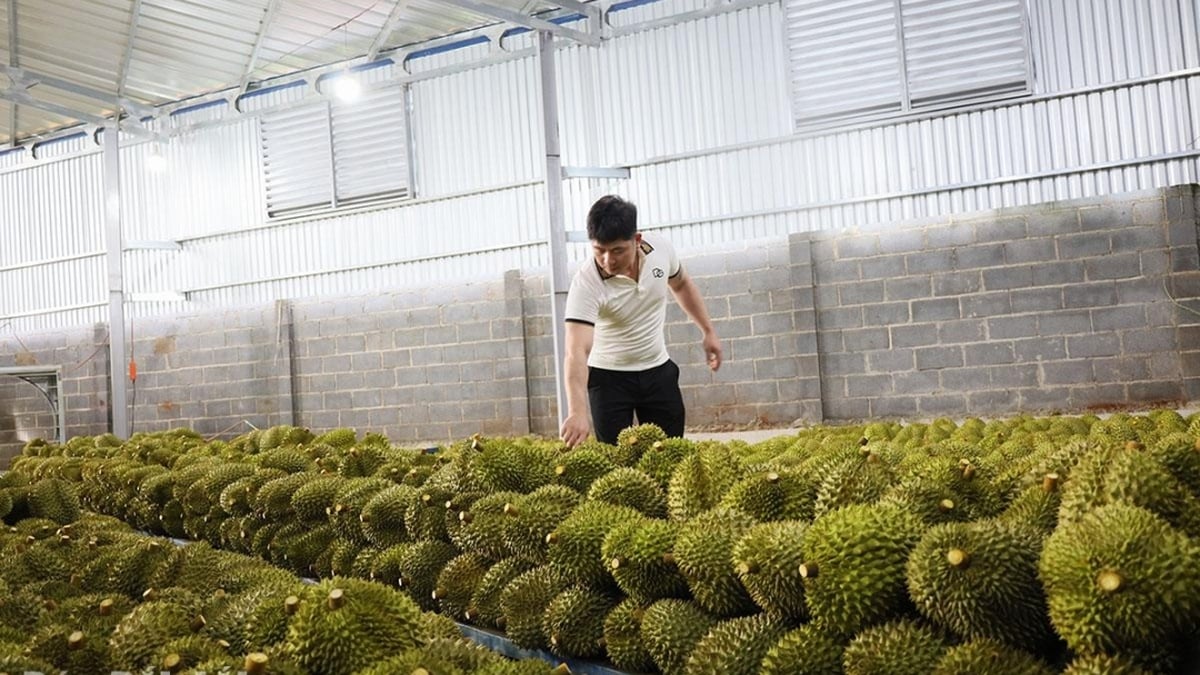
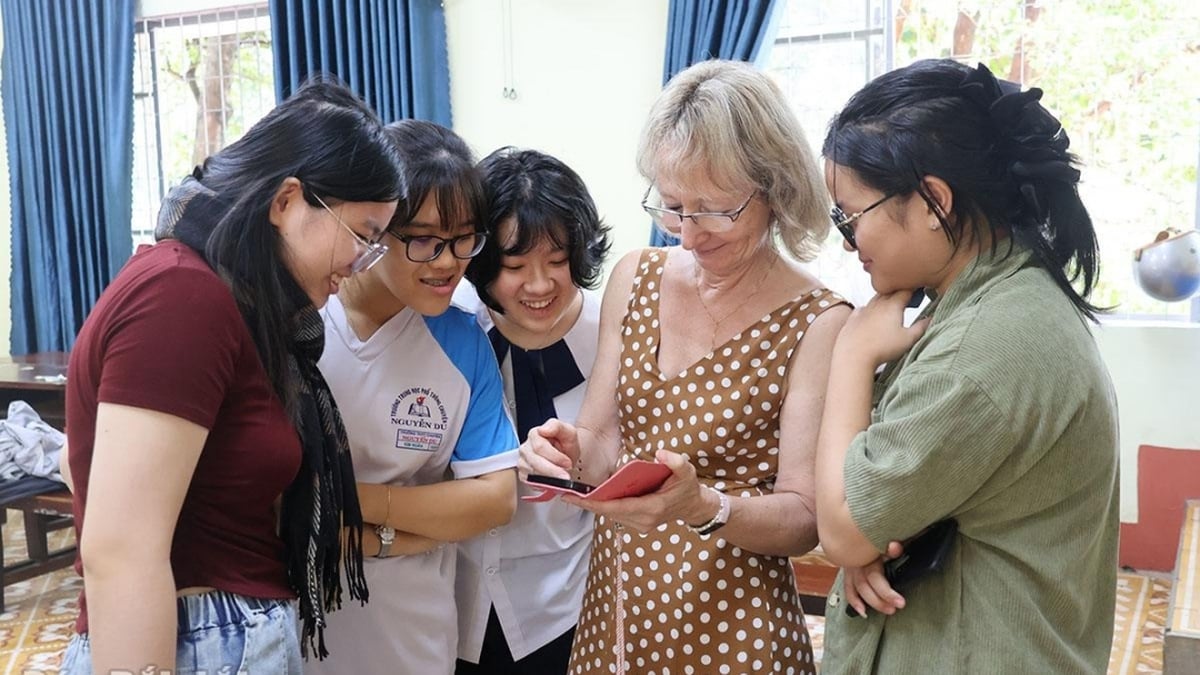

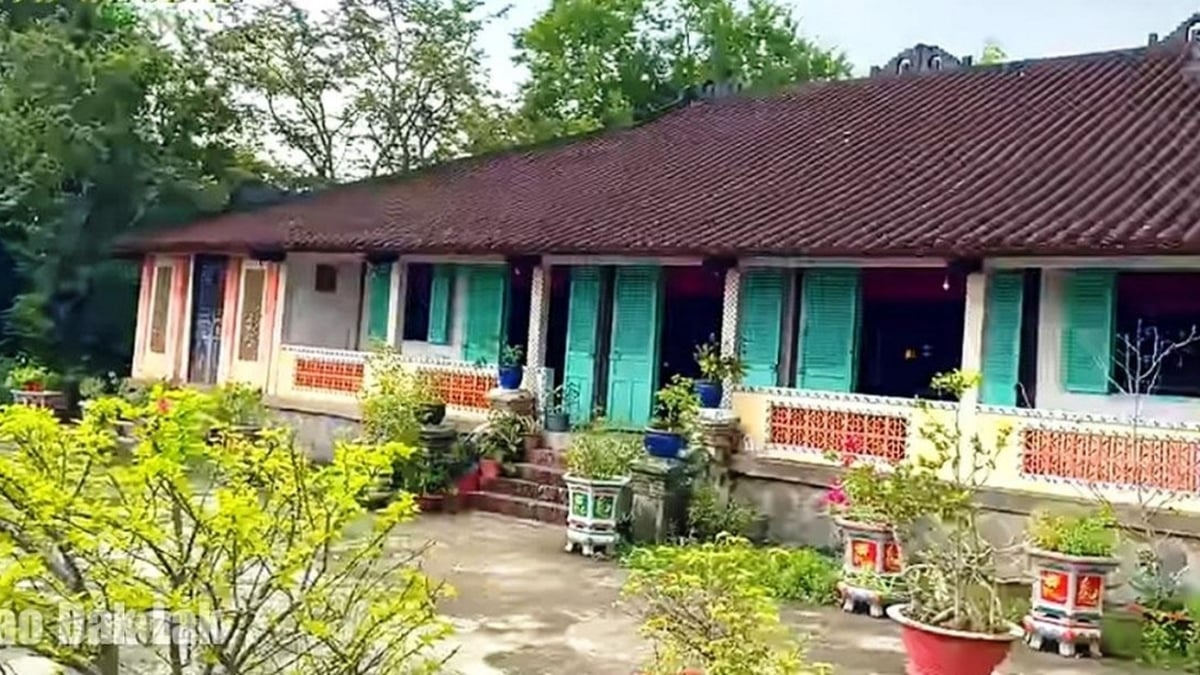




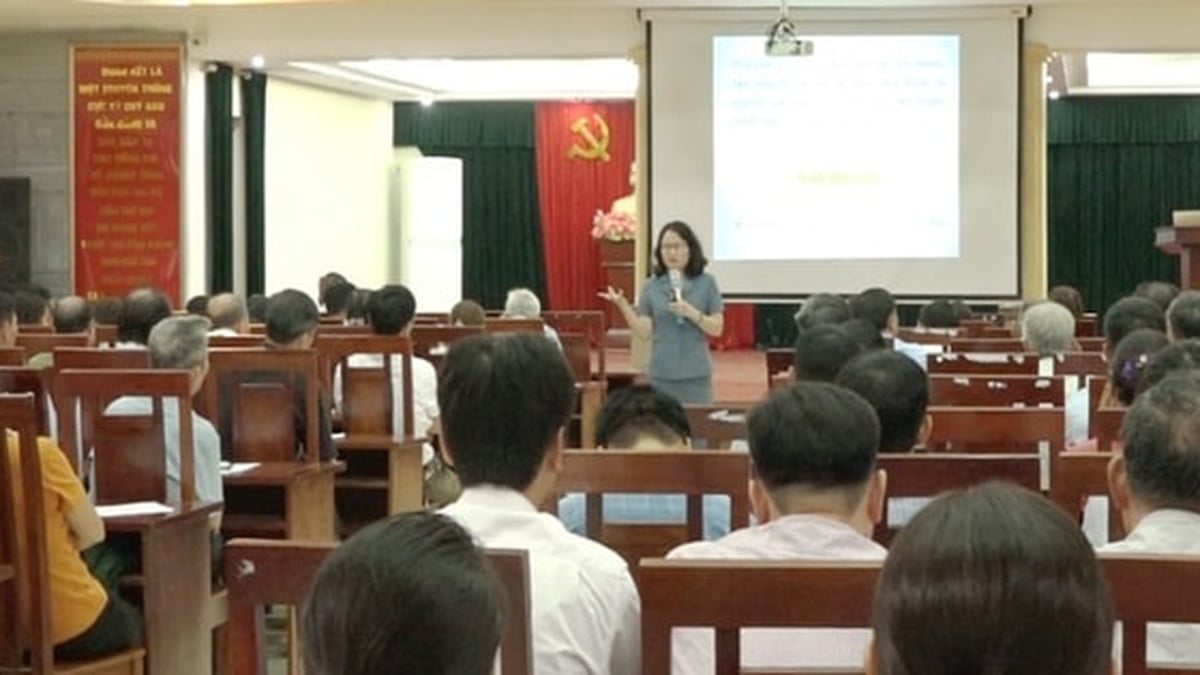



















































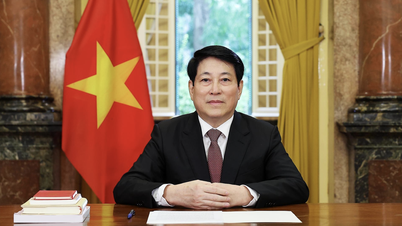



































Comment (0)